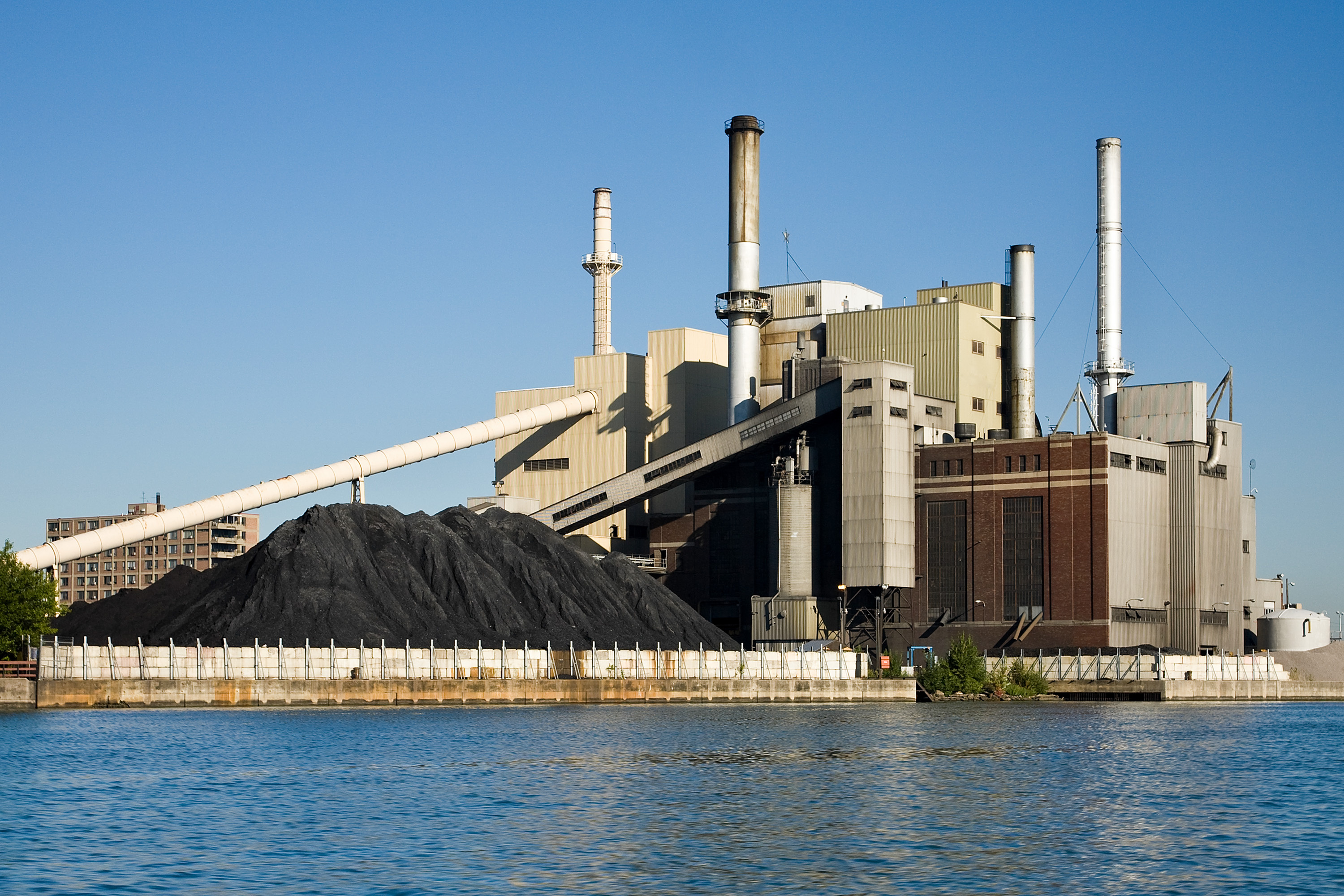
Recent developments underscore that the time is now for exponential change in how industries, governments, and other stakeholders deal with carbon dioxide (CO2).
In May, the Biden administration unveiled a proposal to dramatically cut greenhouse gas emissions from the U.S. power industry — calling on new and existing natural gas plants to install carbon capture, utilization, and storage (CCUS) technology. The plan's target is for power plants to remove 90% of their carbon emissions by 2035, or to co-fire with 30% hydrogen by 2032 and 96% hydrogen by 2038. In another key development last month, the administration announced $251 million in funding for CCUS projects in seven U.S. states.
If the power industry will strive to meet the White House's goal, the question is, how exactly would we get there? What is our roadmap?
First, this journey requires a deeper understanding of the defining environmental challenges before us today — including, notably, the need to reduce the carbon footprint of industries that are characterized by strikingly high levels of CO2 emissions. These sectors, known as hard-to-abate industries, are iron and steel, cement, industrial chemicals, building materials, fertilizers, heavy duty transportation, glass, hydrogen, and others. By relying on fossil fuels, either for high-temperature energy or for chemical feedstocks, these industries produce unavoidable geogenic and biogenic CO2 emissions.
Increased urgency was recently placed on hard-to-abate industries to change, in the form the recently enacted Inflation Reduction Act (IRA), which is expected to have significant impacts on the energy industry. The law includes approximately $370 billion in incentives for clean energy and climate-related program spending, including funding to encourage CCUS projects.
Additionally, last year, the U.S. expanded the 45Q tax credit to provide up to $85 per ton of CO2 permanently stored and $60 per ton of CO2 used for enhanced oil recovery or other industrial uses, representing a significant stimulus for CCUS investment.
CCUS refers to a set of technologies that can play a diverse role in meeting global energy and climate goals. It has gained increased traction as a viable solution for industries that produce unavoidable emissions, capturing CO2 from power generation or industrial facilities using fossil fuels or biomass as fuel. These sectors cannot be decarbonized through electrification, because their industrial processes release unavoidable CO2 emissions. To decarbonize these industries, carbon capture is essential.
Indeed, the immense potential of CCUS means that a pathway toward decarbonization — decreasing CO2 emissions in industrial processes for the hard-to-abate industries — does exist.
Airovation Technologies is one of a handful of climate-tech providers seeking to support hard-to-abate industries move toward net-zero emissions. Our proprietary second-generation technology focuses on mineralizing carbon emissions to co-produce sulfuric acid and calcium carbonate.
Why sulfuric acid? The inorganic chemical is mainly utilized in the manufacturing of fertilizer, precious metals, and chemicals. Notably, around 250 million tons of sulfuric acid are distributed annually worldwide, a figure that is predicted to grow to 400 million tons by 2040. However, supply could be drying out. Sulfur is most affordably obtained as a by-product of petroleum refineries, which are anticipated to phase out as the world decarbonizes.
The goal with my company's technology is to allow manufacturers to not only capture carbon emissions, but also co-produce sulfuric acid at a purity level as high as 98%. Furthermore, in this process, the product, precipitated calcium carbonate, can be stored or sold to be used in cement, plastics, paper, and more.
Naturally, deep technologies take time to scale and mature, and many CCUS companies end up failing in their tracks once the funding runs out along the way, due to factors such as longer-than-anticipated R&D phases, physical and contractual dependencies, IP matters, regulations, permitting, construction, supply chain securing, and more.
Ultimately, start-ups rely on corporate investments to host and support their scale-up stages, and eventually adopt their commercial solution. Corporate entities are measuring the maturity level based on a TRL (technology readiness level) scale. But here's the paradox: Most corporations seek to reduce risk and avoid faults, and accordingly, they will seek to collaborate with as high of a TRL as possible — preferably 6-8 on the scale. But simultaneously, start-ups can go as high as 4-5 on the scale in their own laboratories, without needing to physically collaborate and deploy their technologies in the field.
This issue is growing in complexity due to the magnitude of the problem that hard-to-abate industries are facing. Billions of tons of CO2 emissions need to be avoided, captured, or removed. There isn't going to be a "magic bullet" that solves the problem. It will take a series of actions — a toolbox of solutions — to abate each and every site. This means slow adoption, with cautious technology scouting, from the industrialists' side.
Yet in the present moment, we also cannot ignore the reality that 36 billion tons of CO2 are emitted into the atmosphere each year. We're already seeing the devastating effects of climate change, which are a direct result of unregulated and irresponsible industrialization. We must stop analyzing the problem and potential solutions through the common, modern prism of the capital benefit, and start looking for innovation beyond economic interests.
The time for such investments is now — and we must not delay this pursuit, given the current U.S. administration's determination to decarbonize the country's economy in the fight against climate change. The ground (or rather, the air) is more fertile than ever for CCUS innovation and the investments that will drive it forward.
Although still being scaled, CCUS technologies are the bridge that we can build, here and now, to keep navigating toward a net zero carbon future. For governments and industries, the investment in CCUS is manageable, attainable, and practical — and it should be made today.
Uncommon Knowledge
Newsweek is committed to challenging conventional wisdom and finding connections in the search for common ground.
Newsweek is committed to challenging conventional wisdom and finding connections in the search for common ground.





